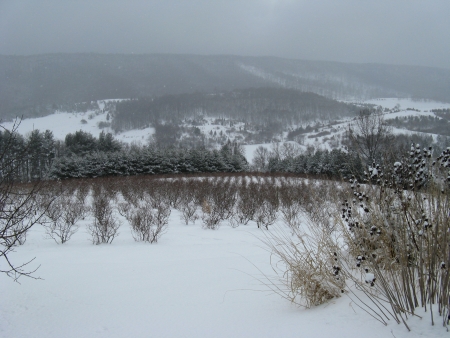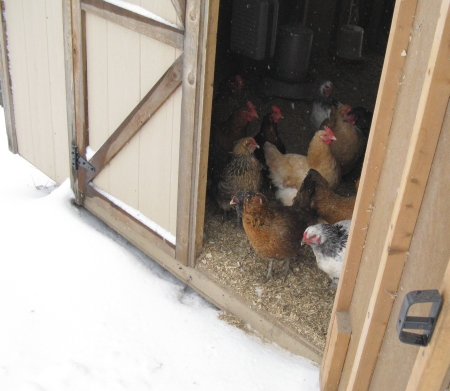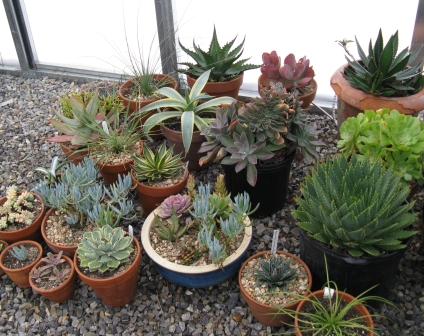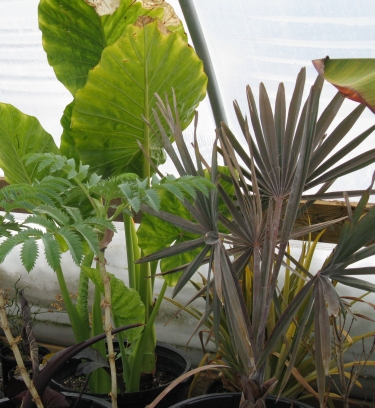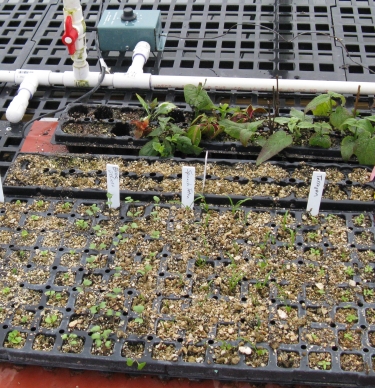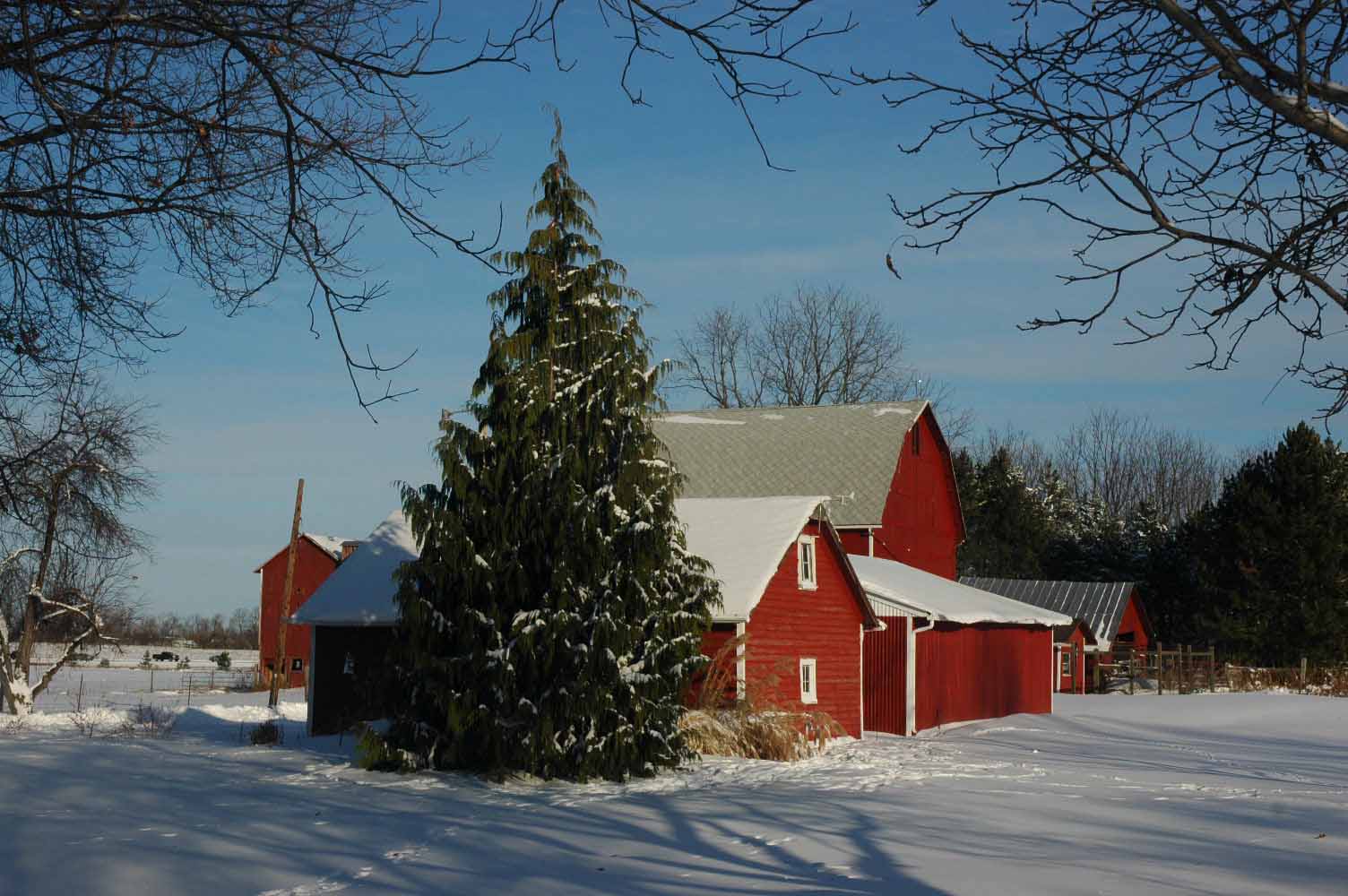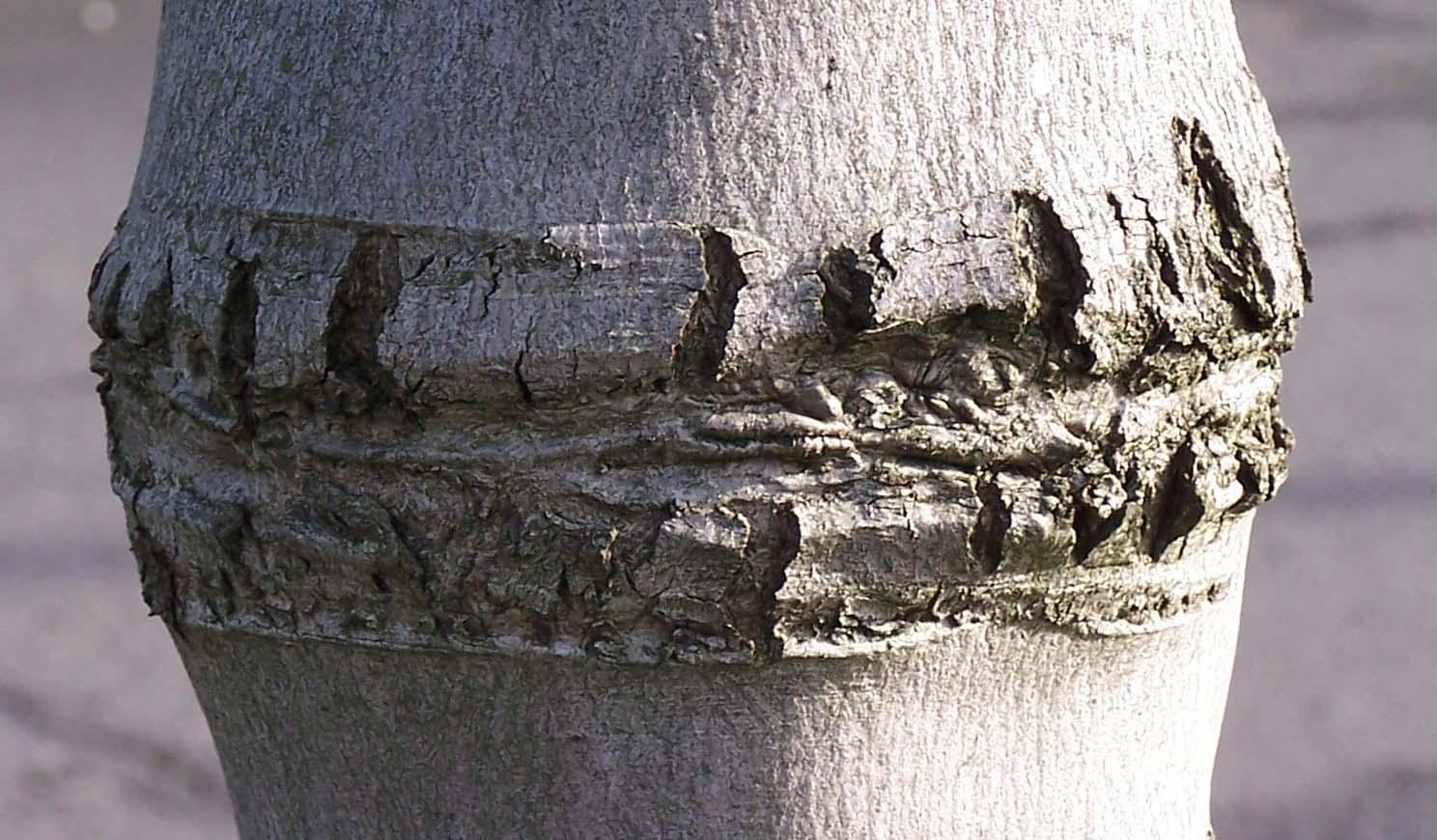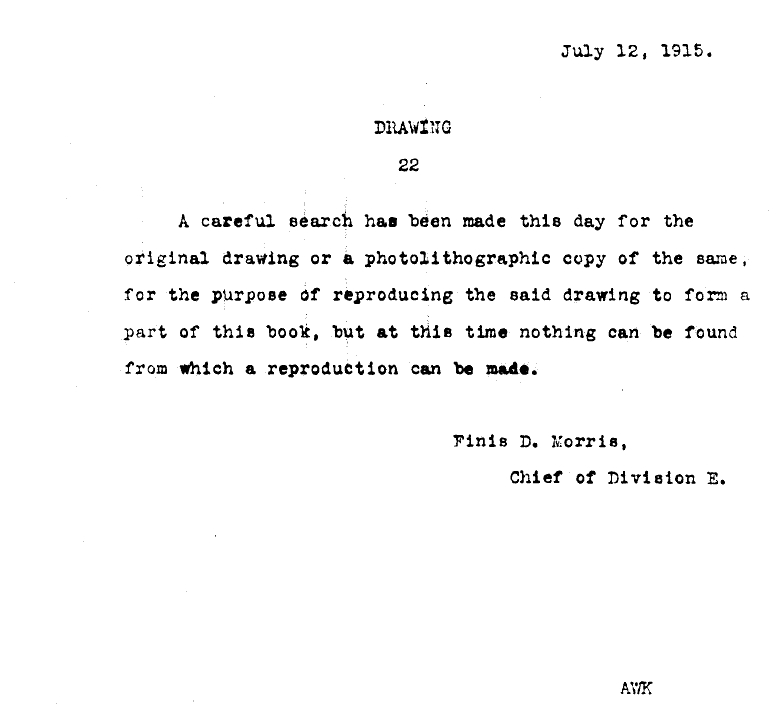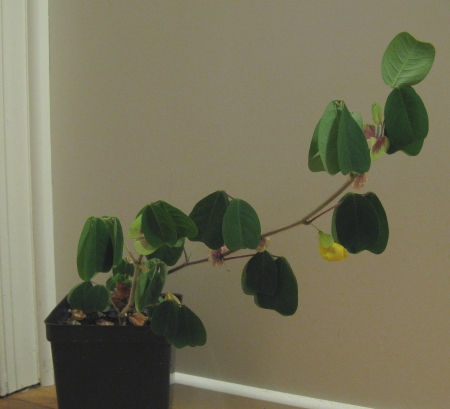
A few weeks ago (January 20 – “Help, help, the sky is falling”) I started a discussion about an article appearing in the peer-reviewed journal New Phytologist. That posting focused on the methodology and results in the paper. Today let’s take a look at the authors’ underlying arguments (their introduction to the study) and their conclusions.
1) The authors’ premise is that “laymen and professionals alike commonly believe water drops on plants after rain or watering can cause leaf burn in sunshine.” To support this statement, the authors surveyed “relevant topical websites.” They found 29 sites (primarily .org and .com, but no .edu sites) that agreed with this statement and 9 sites (including 4 .edu sites) that disagreed. How this translates to “professionals” believing that water drops cause sunburned leaves is unclear, especially when all the .edu sites surveyed disagreed. In my opinion, the authors should have surveyed ONLY .edu sites to test their hypothesis about what professionals believe. And why only 38 sites? We’re not told how or why these sites were selected.
2) Building on this shaky premise, the authors then address the apparently popular concern that water drops can cause forest fires. They survey “the forestry literature” to find “the prevailing opinion is that forest fires can be sparked by intense sunlight focused by water drops on dried-out vegetation (Table S3).” Table S3 is not included in the online article but is in a supplementary file. Happily, it is short enough that I can paste it in here (so you can find the sites yourself):
Table S3 Survey of websites discussing the possibility of forest fires due to sunlight focused by water drops. We posed the question: “Can sunlit water drops spark forest fires?” The rate of the ’yes’ answer was 3 / 3 = 100%.
|
URL
|
Title of article
|
Answer
|
|
yes
|
no
|
|
http://fotozz.hu/fotot_megmutat?Foto_ID=30936
|
Forest fire and water drops
|
+
|
|
| http://mek.oszk.hu/01200/01214/01214.pdf |
Radó (2001) Role of vegetation in protection of the environment
|
+
|
|
|
http://wiki.answers.com/Q/Whether_presence_of_water_cause_forest_fire
|
Whether presence of water cause forest fire?
|
+
|
|
I must say this took my breath away. This is not a survey of the “forestry literature.” It is 3 websites, two in Hungarian and one in English, chosen for unknown reasons. The first site is actually a stock photo website with comments about pictures of water drops on leaves. The second is entirely in Hungarian and is not in the scientific databases. The third is in English, and here’s what “wiki answers” has to say:
“When I was a youngster and could not afford a magnifying glass, I would twist a piece of wire around a pencil so that it formed a round piece at the end of the wire. I would then dip the rounded end into water so that a blob of water made a very small magnifying glass. I suspect that when it has rained this same effect is left on leaves, millions of tiny magnifying glasses all concentrating the suns rays onto what they happen to land on. Just one tiny focal point of a rain drop could possibly generate enough heat to start a fire. Robert”
[Note to the editors at New Phytologist: What I really want to know is how this kind of junk science can slip through peer review. It is embarrassing.]
3) The authors (none of them plant scientists) nevertheless address plant ecophysiology in the discussion: “If, after rain, leaf blades were covered by a water film, they could not breathe, because gas exchange through the stomata would be blocked…To avoid this, plants evolved efficient water-repelling and water-channeling structures which build up and roll off rain drops. For example, water drops easily roll off the highly hydrophobic leaves of lotus, Ginkgo (Fig. 2b), and floating fern (Fig. 3b,c) if leaves are tilted or shaken.”
Two comments here: the stomata through which terrestrial plants “breathe” are primarily on the underside of the leaves. It is true that floating aquatic plants have most of the stomata on the upper leaf surface. Which leads me to ask…if water drops easily roll off of floating fern leaves, then how did the researchers do the following? “…the experiment was concluded by cutting and scanning several Salvinia leaves – still holding water drops – in the laboratory in order to document their sunburn.”
4) The conclusion of a research article, as any Garden Professor knows, is meant to summarize the results of the experiment. Yet the last paragraph of the conclusion reads as follows: “Lastly, a similar phenomenon might occur when water droplets accumulate on dry vegetation (e.g. straw, hay, fallen leaves, parched grass, brush-wood) after rain. If the focal region of drops falls exactly on the dry plant surface, the intensely focused sunlight could theoretically spark a fire. However, the likelihood of this is considerably reduced by the fact that after rain the originally dry vegetation becomes wet, and as it dries water drops also evaporate. Thus, claims of fires induced by sunlit water drops on vegetation should also be treated with a grain of salt.”
Even though the authors seem to discount the possibility of these scenarios, they did NOT test the ability of water drops to cause combustion. This speculation really belongs in the discussion, if anywhere at all. So why is does it make up 50% of the conclusion? The cynic in me says it’s because 90% of the people looking at this article will read only the abstract and the conclusion – and this is especially true of nonscientists. It’s a great way to get immediate attention, even with a complete lack of supporting evidence.
Don’t believe me? Just type in “water drops cause forest fires” without the quotes into Google. 146,000 hits, and all the top ones reference this article.

